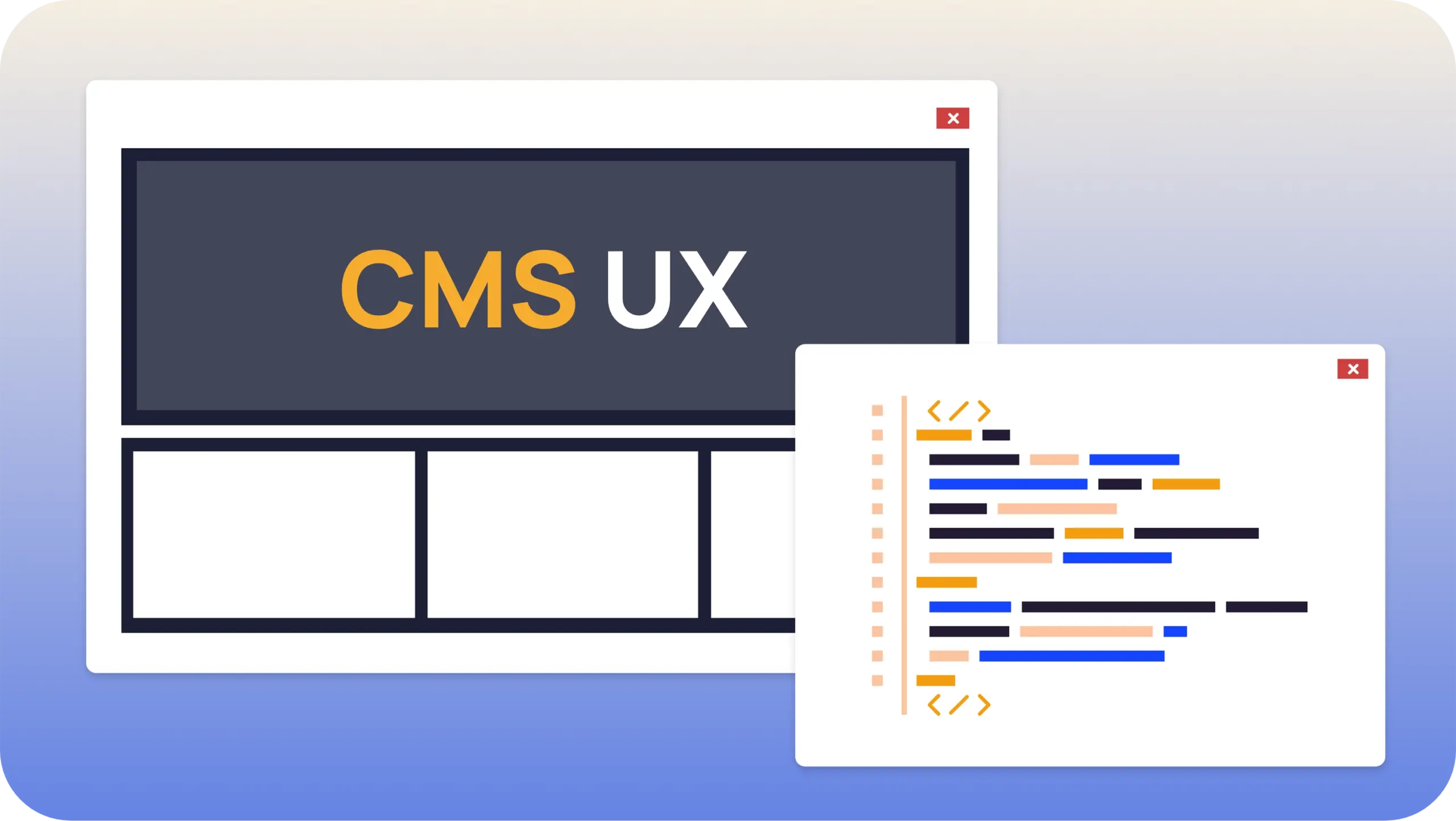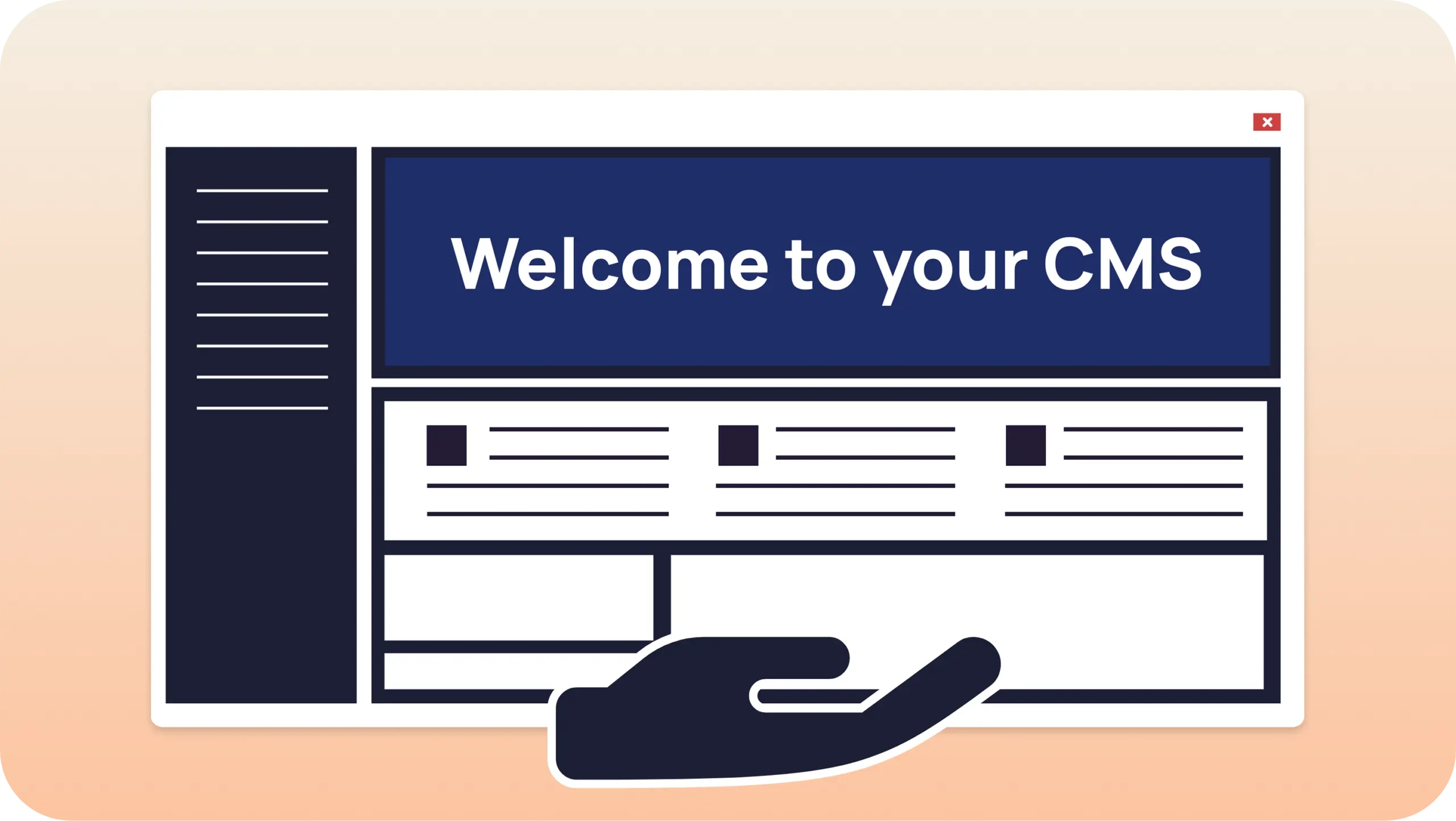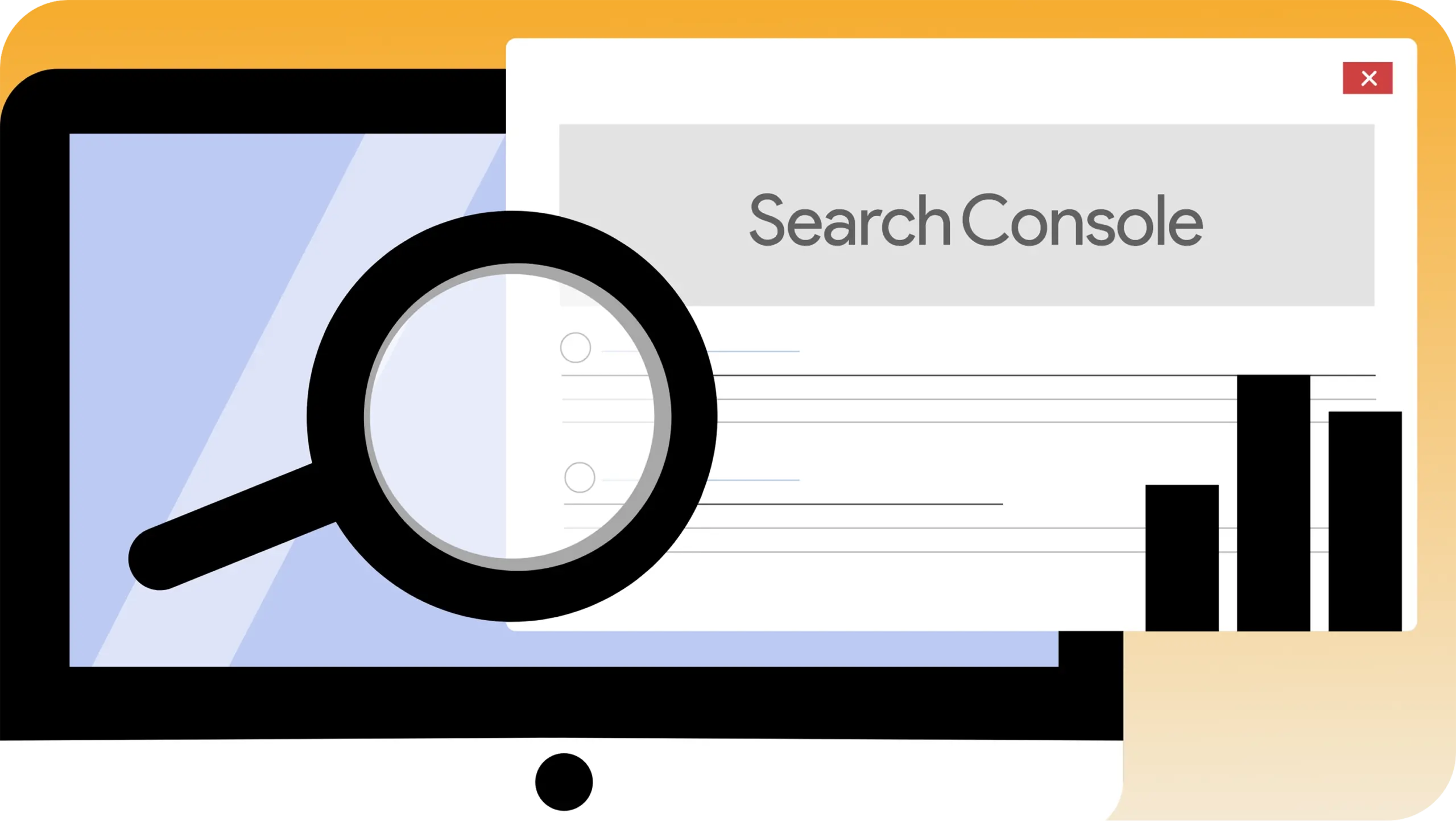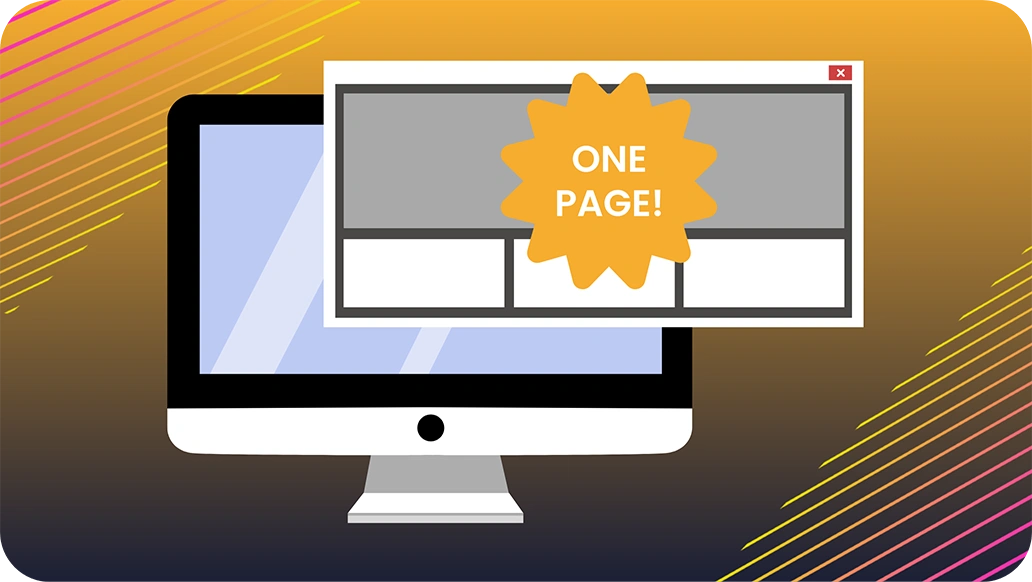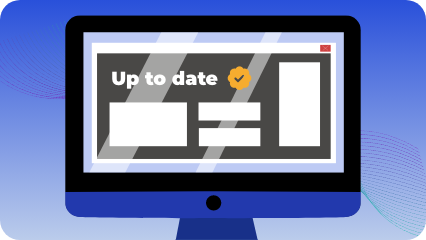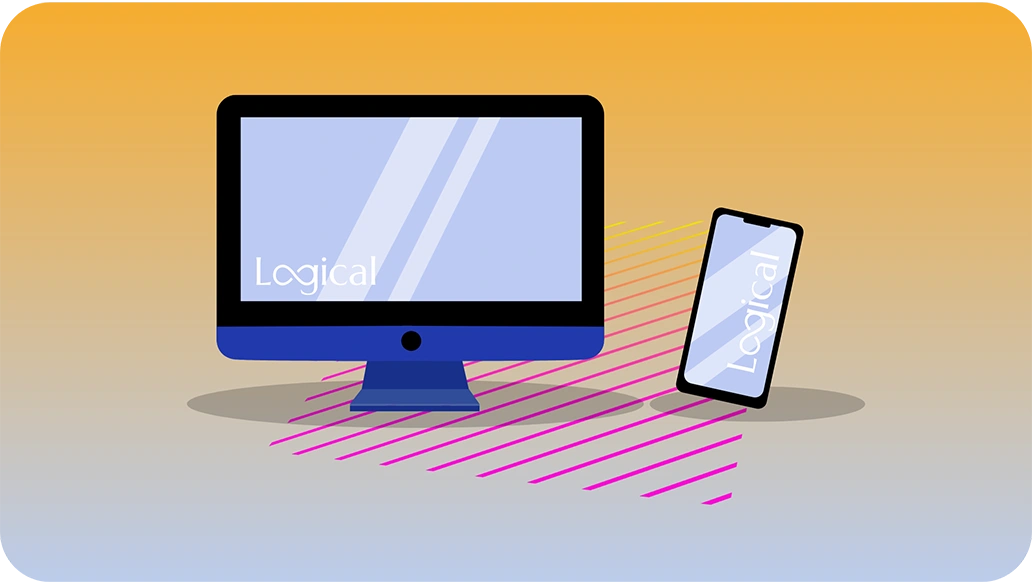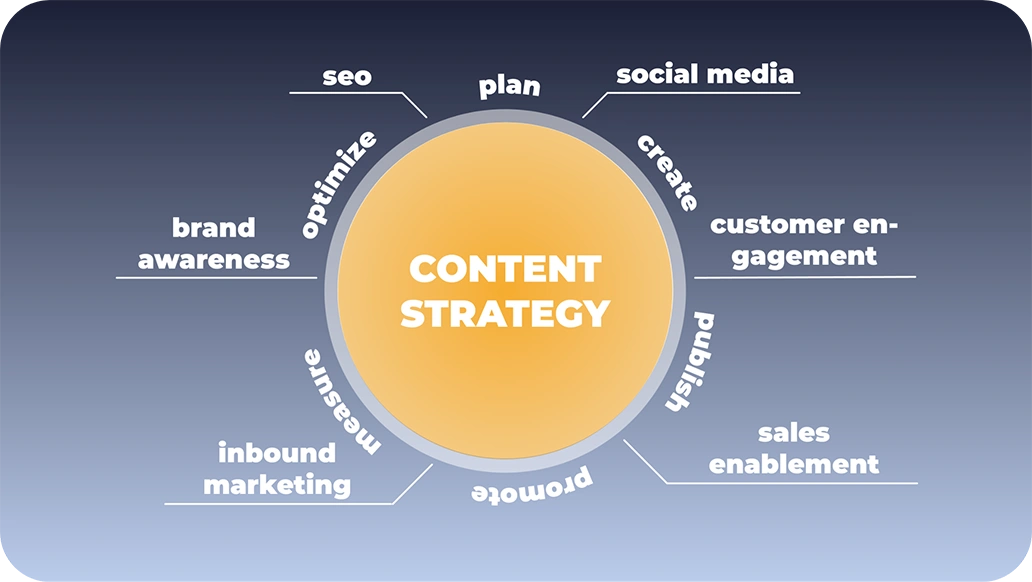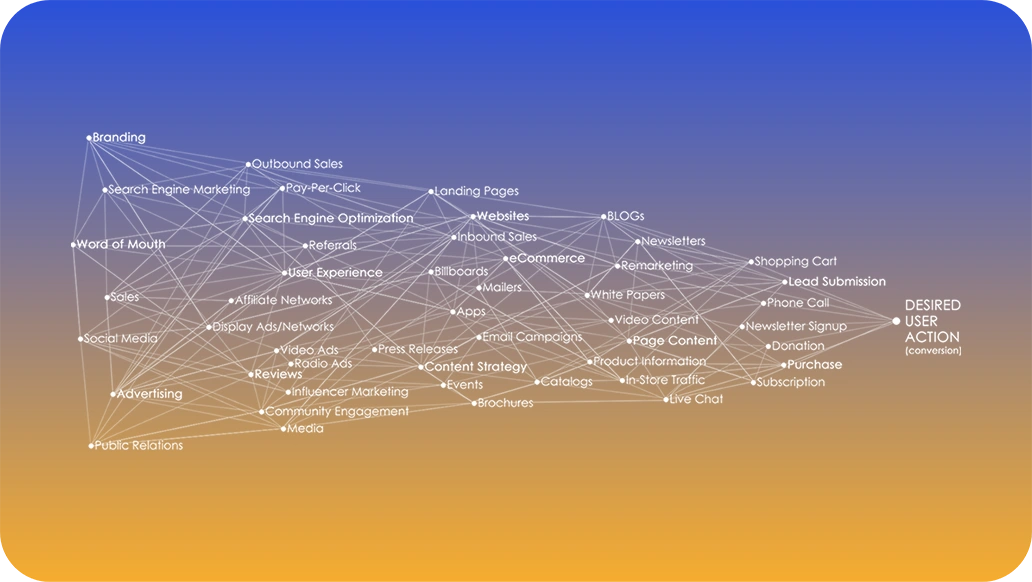A website’s content management system’s (CMS) structure significantly contributes to the front-end performance and conversion funnels of the site.
Obstacles Arising from an Inadequately Configured CMS
More often than not it seems, a website is developed without taking into account the ease-of-use for non-technical editors. This might stem from a lack of expertise on the part of the web developer(s) or a choice made solely for cost-effectiveness, resulting in a hasty execution and lack of consideration for future website changes. Regardless of the cause, nobody enjoys using a Content Management System that demands excessive navigation between elements for content creation or one that lacks usability for typical user interactions and page adaptability.
An effectively developed website back-end should place emphasis on enhancing user experience, optimizing efficiency, and providing flexibility when it comes to creating and managing content. When it lacks these qualities, it can lead to several challenges and drawbacks for users:
- Inefficient Workflow: Constant back-and-forth navigation between different sections or items within the CMS can slow down content creation and editing processes. This can be frustrating and time-consuming, ultimately affecting productivity.
- Complex Interface: If a CMS is not user-friendly and intuitive, it can be difficult for both new and experienced users to navigate and find the tools they need. This can lead to confusion and a steeper learning curve.
- Limited Flexibility: Users might struggle to achieve the desired look and functionality for their content because page builders, drag-and-drop tools, or design templates impose predefined constraints.
- Lack of Customization: If a CMS doesn’t allow web designers to customize the interface, templates, or layouts according to their specific needs – say, because they’re using a pre-made template – it can lead to generic and uninspiring output.
How to Rectify the Situation
To address these issues, it’s essential for website developers to prioritize user feedback and continuously improve the platform’s user interface, functionality, and performance where they can. A CMS is intended to streamline content updates and ensure ease of use for all individuals involved in creating and updating content. The Logical team is trained from day one to adopt a comprehensive user perspective, enabling us to devise genuine solutions for businesses of all types and sizes. Our goal is to make the back-end accessible for editors in any industry to utilize their content management system. The objective is to develop websites that withstand the test of time, incorporating effective conversion funnels while ensuring ease of management. You can explore what our clients have to say, or reach out and meet with us to see how we can transform your website visions into reality.
You can continue to learn more about fixing your website’s backend infrastructure by reading this article.
© Melinda O’Connor 2023

